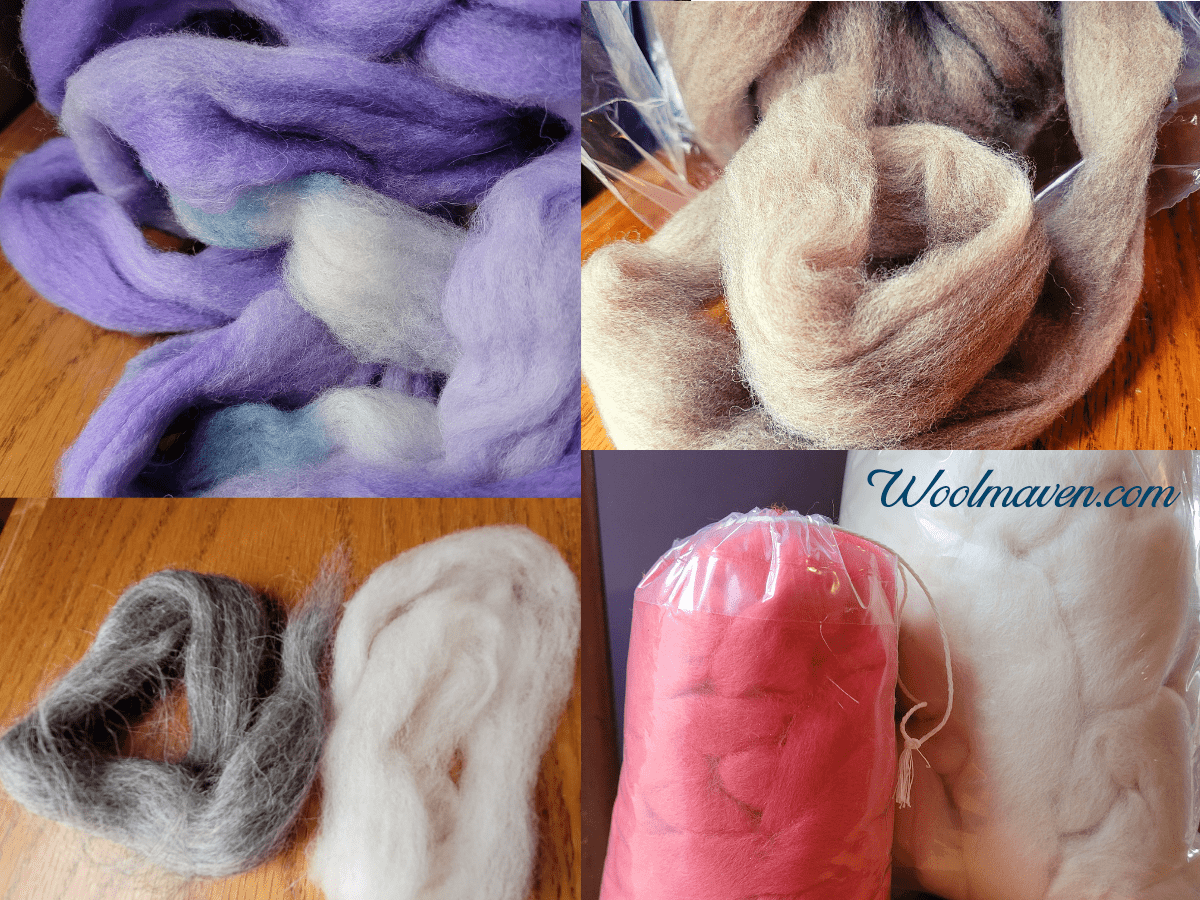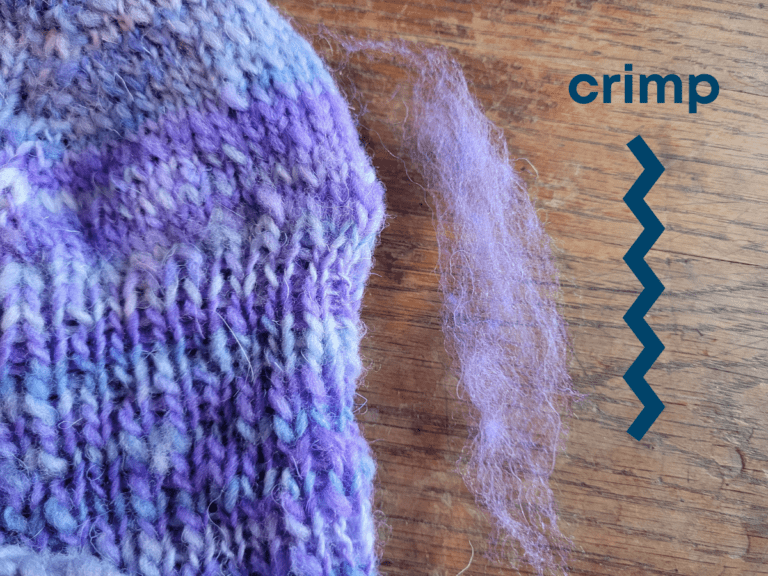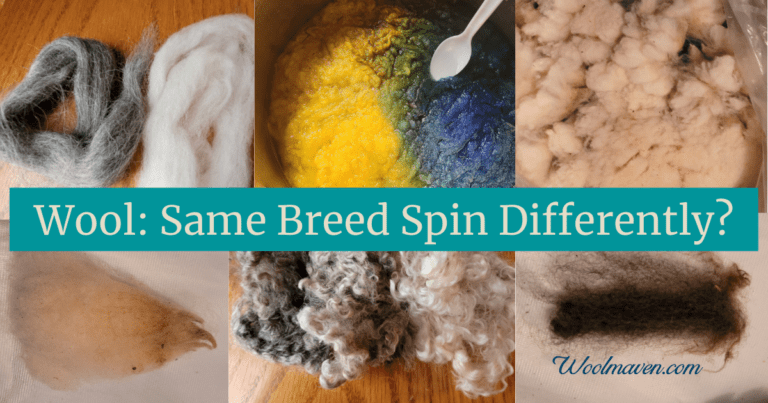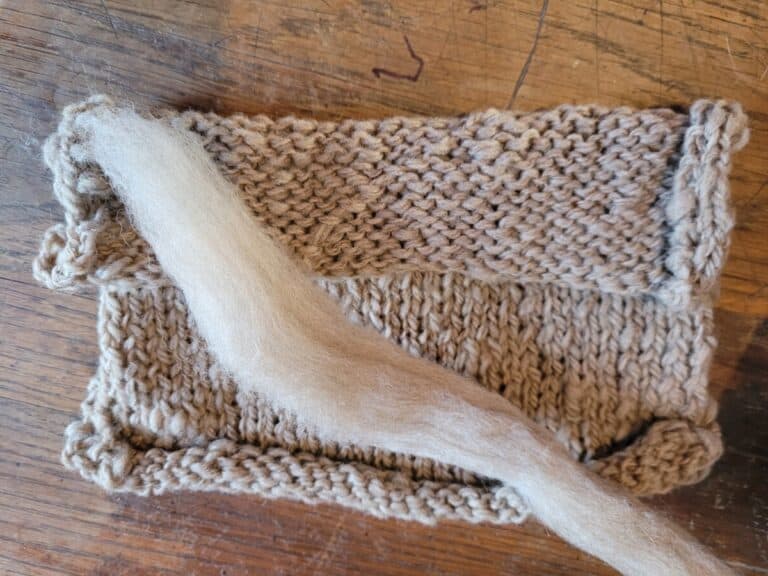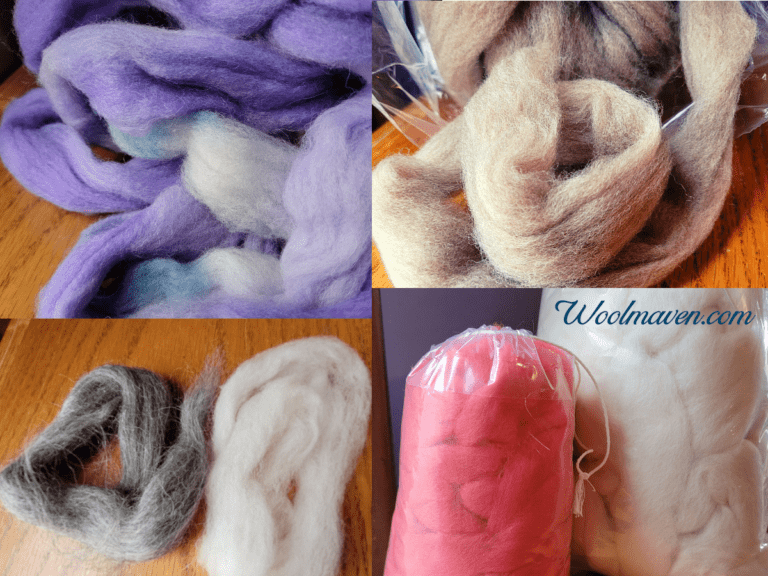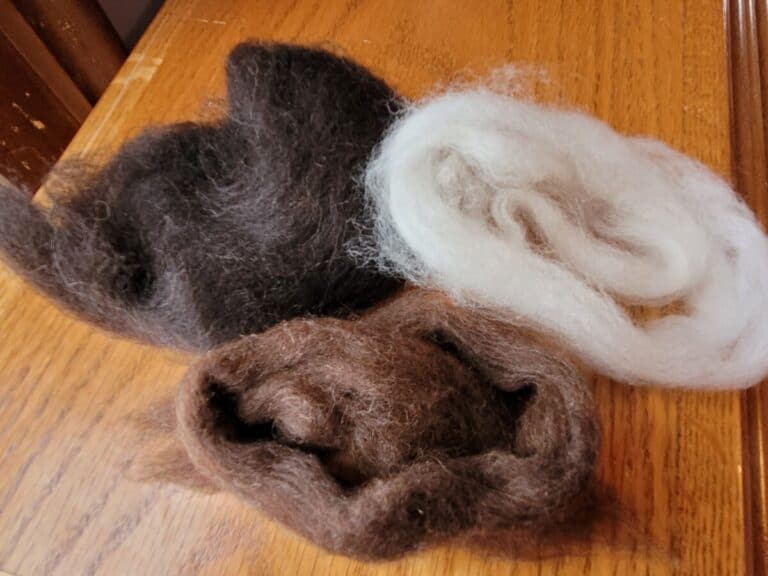Which Wool To Spin? Breed specific differences in wools
When you are looking into specific wools for your handspinning projects, you are normally shopping by breed, of which there are tons of choices!
Which breed specific wool will suit you and your spinning the best and how do you find it?
We’ll go over the basics of wool differences and look into the common categories of breed specific wool.
If you want to skip to the breeds, go to Fine wool characteristics.
7 Best Places To Get Wool To Spin gives you some ideas on where to source your wool, whether you are looking for wools that are economical or unique.
New to spinning and want some help? Try my Beginning Spinner Course, it has simple, step by step instructions and is designed to take you from beginner to confident spinner!
| Characteristic wanted | Breeds to consider |
| super soft wool | Merino, Rambouillet, Cormo |
| bouncy yarn | Cheviot, Dorset |
| easy to spin | Corriedale, Romney |
| high luster wool | Blue Faced Leicester, Lincoln, Teeswater, Wensleydale |
| woolen spinning | Merino, Southdown, |
| new to you | Anything that catches your eye! |
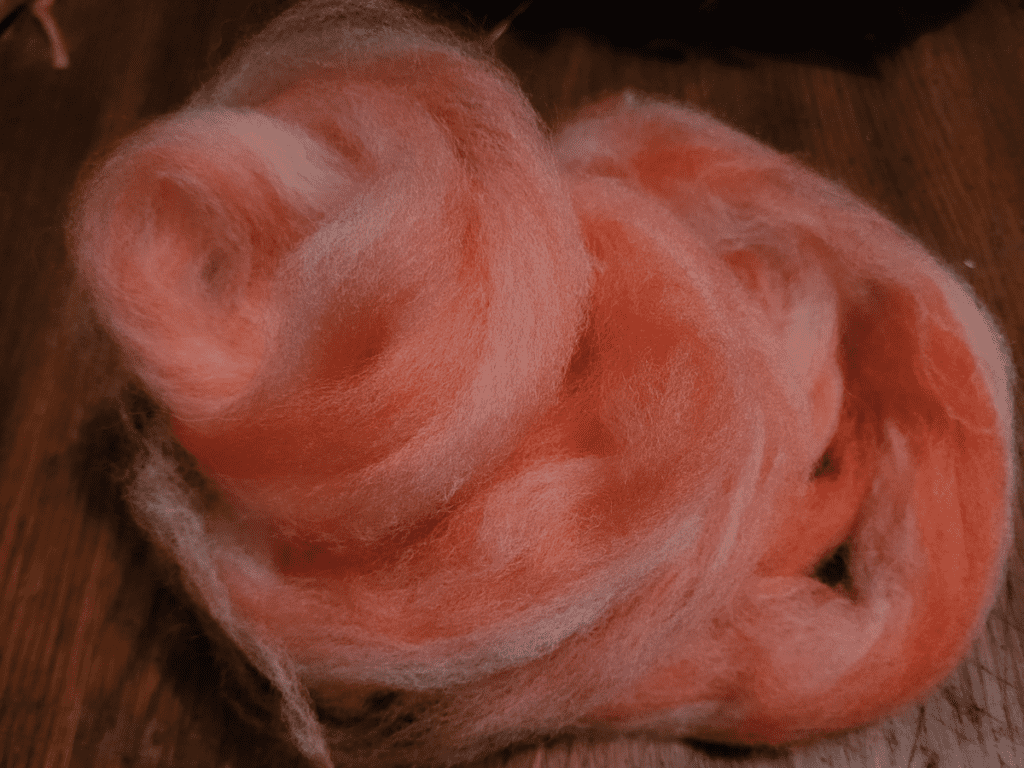
This post contains affiliate links, which means I receive commissions if you choose to purchase through links I provide (at no extra cost to you).
Looking for a great resource on which fiber to pick and how best to use it? Consider getting The Fleece And Fiber Sourcebook, filled with wonderful pictures and details on just about any wool you can find.
Breed specific wool characteristics
Breed specific wools are wools that are sourced from one breed of sheep.
These sheep will all have a similar range of characteristics to their wool that will be fairly distinctive from other breeds of sheep and other breed specific wools.
Generally the specific wool characteristics are a combination of length, micron count, and crimp.
Staple length of wool
The staple length of wool is the length of each individual fiber in the fleece. This will be an average for the entire fleece and for the breed.
Usually staple length is given as a range, for instance 2-3 inches.
Some breeds vary quite a bit in staple length, others are pretty similar, especially for breeds that have focused on overall fleece quality, like a Merino.
Micron count of wool
The micron count of wool measures the thickness of the individual fibers of wool. A lower number is finer and a higher number is thicker.
Generally speaking, fine wools are 23 and lower, medium wools are 23-30 and long or coarse wools are 30+.
Any wool under 30 is considered soft enough for next to the skin, but some folks are sensitive to wools at 30 microns.
Most wools that are listed as next to the skin appropriate are in the lower micron count range, more around mid twenties and lower.
High twenties and low thirties are usually listed as appropriate for outer wear, like sweaters and high micron counts are usually listed for making rugged use items.
Don’t let micron count mislead you or restrict your thinking.
You can, for instance, make a finer yarn and stitches with a higher micron count wool or thicker yarn and outerwear from a finer wool.
Just keep in mind that the higher micron count wools are not for next to the skin and the finer micron count wools will not be as tough or durable.
Crimp is the kink in wool
Crimp is the word for the kink in the strands of wool.
Some wools are very crimpy, which makes yarns that are very elastic and bounce back into shape well. Think of wools like Cheviot and Merino.
Other wools have little crimp, which makes yarn that has a lot of drape and quite often, these wools also have a nice luster, giving your yarn a bit of a shine.
Wools with little crimp are generally the longer wools, like Lincoln or Cotswold.
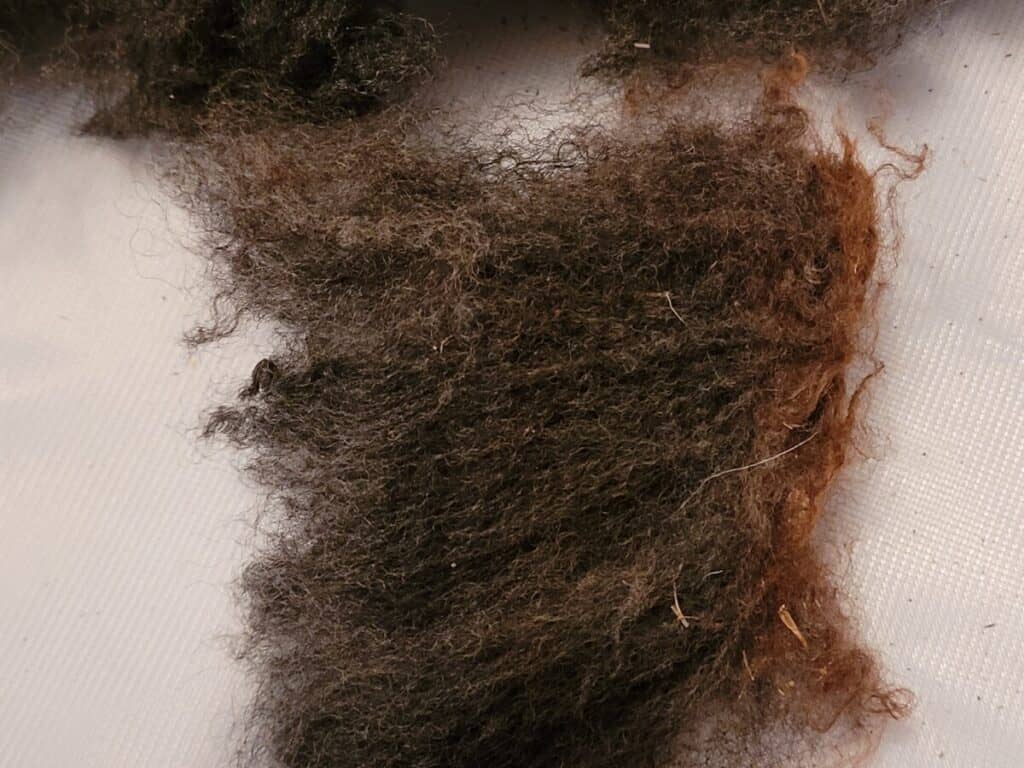
Fine wool characteristics
Fine wools, wools with lower micron counts, tend to be shorter stapled and higher in crimp.
Overall, fine wools are going to be next to the skin soft and less resistant to wear than medium or long wools.
| Fine wool breeds | Micron count |
| Cormo | 19-22 |
| Debouillet | 18-23 |
| Delaine Merino | 17-22 |
| Merino-superfine | 18 and under |
| Merino-fine | 19-20 |
| Merino-medium | 20-22 |
| Rambouillet | 19-23 |
I feel that fine wool sheep tend to have a more consistent fleece when comparing individuals of the breed, as well as when comparing fleece from different parts of the body on the same sheep.
Why are these fleeces more consistent? Simply because fleece quality is one of the things that has been selected for as an important part of the breed.
You may have noticed, if you are familiar with sheep breeds, that some finer wooled breeds, like Targhee, are not on this chart.
This is because not all Targhees have a fine fleece, some are on the finer end of medium, which would make them great for spinning, just not technically fine wool.
Other breeds, like Shetland, have the rare individual that has fine wool, meaning less than 23 microns, but most are more in the medium range of 23-30, as well.
| Finer wooled breeds | Micron count |
| Polwarth | 23-25 |
| Targhee | 21-25 |
| Fine wool Shetland | 20+ |
If you are getting a fleece to wash, you should also know that fine wools tend to be higher in grease content, so plan to wash this fleece before working with it.
Do You Need To Wash Wool Before Spinning? shows you how to determine if you can spin your wool in the grease or if you should give it a wash.
New to spinning and want some help? Try my Beginning Spinner Course, it has simple, step by step instructions and is designed to take you from beginner to confident spinner!
Medium wools can be anything!
Medium wools can be any combination of length and crimp. This group is a real variety pack!
The only thing medium wools seem to have in common is a mid range micron count of 23-30 and a staple length of 3-5 inches.
Overall, medium wools are used most commonly for outerwear, like hats, and tend to be more durable than fine wools.
However, some of the lower micron medium wools are next to the skin wearable, like a finer Columbia or Corriedale, depending upon the individual fleece.
| Medium wool breed | Micron count |
| Columbia | 23-30 |
| Corriedale | 24-31 |
| Dorset | 26-32 |
| Finn | 24-31 |
| Montadale | 25-30 |
| Southdown | 24-29 |
Medium wool is kind of a catch all term for wools that are not really fine, but not really coarse either.
The medium wools that are on the lower end of micron counts tend to be listed as medium fine, to help you get a better idea of how to use the wool.
The other kind of crazy thing about medium wools is that I find this category to have the most variability in fleeces, both for the breed and between individuals.
For instance, Corriedale can be anywhere from 24-31 microns, that’s going from just shy of a fine wool into coarse or long wool. That’s a big range in microns!
Shetland would also be more than likely in the medium wool section, however, they have sheep with wool from 20 microns, which is a fine wool, to 32, which is a coarse or long wool.
This means that the fleece will vary substantially from flock to flock. Getting a fine wool Shetland fleece is doable, but medium is more likely.
This variability comes from most of these sheep being selected for lamb production rather than fleeces, so wool is a secondary concern for selecting breeding stock to the shepherds.
Medium wools are also the category where a lot of crossbred sheep wool will fall into and once you start crossing sheep, you get a variety of results, both in body and in wool, which will lead to variability in the fleeces.
| Stronger medium wools | Micron count |
| Cheviot | 27-32 |
| Dorset | 26-32 |
| Hampshire | 25-33 |
| Oxford | 28-34 |
| Shropshire | 25-33 |
| Suffolk | 26-33 |
| Texel | 28-33 |
Our sheep are a mix of Dorset, Polypay and Finn that started from a Montadale base over 30 years ago. That’s quite a mix and it shows in the fleeces!
Some sheep have a longer, almost shaggy fleece, other ewes have a tighter, more Dorset type fleece, both of which look very different yet are still medium wools.
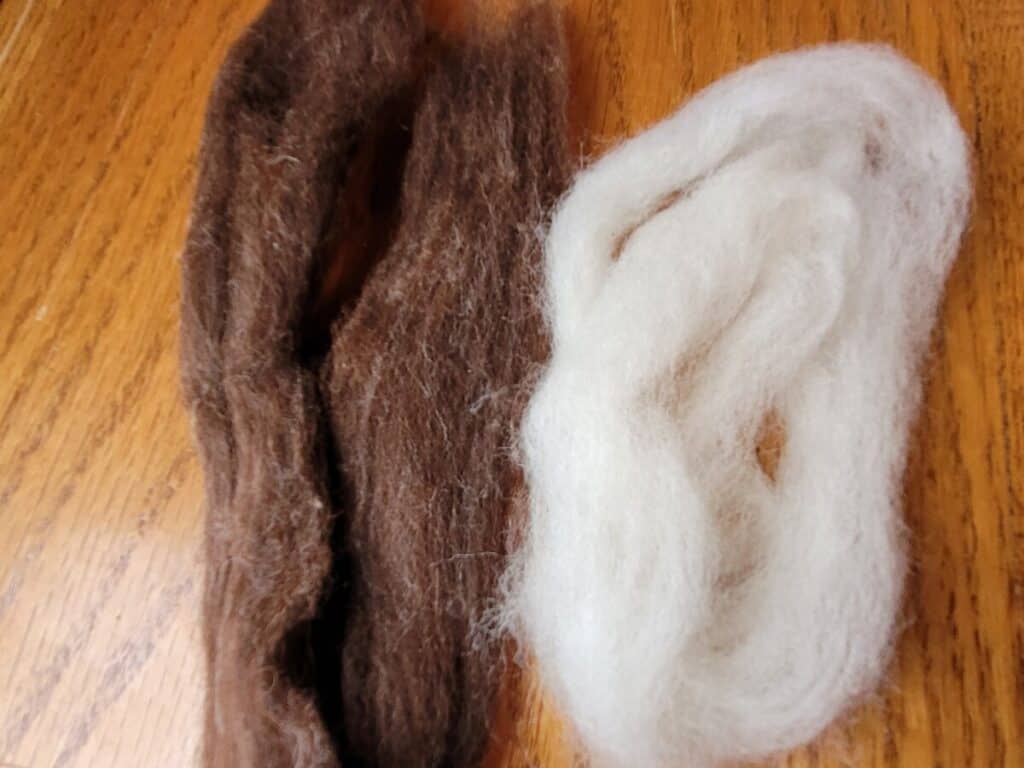
Long or coarse wool characteristics
The long or coarse wools, aside from the long staple length, also tend to be higher in micron count and have luster.
Generally, long wool breeds have been selected just for that, long wool, not micron count.
Overall, long or coarse wools are durable, for both hard wearing outerwear or household goods, and are not worn next to the skin.
| Long or coarse wool breed | Micron count |
| Blue Faced Leicester | 24-28 |
| Border Leicester | 30-38 |
| Cotswold | 32-40 |
| Lincoln | 34-41 |
| Romney | 32-39 |
| Teeswater | 40-60 |
| Wensleydale | 30-36 |
The catch is that longer fibers need to be thicker or they break, so this is always a dance of getting the finer end of the long wools, while keeping the integrity of the fiber.
Some folks refer to long wools as coarse, but I don’t. While long wools are higher in micron count they are not carpet or rug use only, like the name coarse implies.
Long wools can be used for all kinds of garments, not just housewares.
Long wool breeds are seeing a resurgence in popularity, at least in the U.S. Folks love incorporating the cool locks of wool from long wool sheep into spinning and weaving projects.
Long wools also have a huge variety in micron counts, mainly, once again, due to the diligence of the selection for high quality fiber and the trade off of length versus fineness.
For instance, Blue Faced Leicester is a long wool breed, due to staple length only, not because of use or feel of the wool.
Blue Faced Leicester has a micron count of 24-28, putting it firmly in the medium wool category, but because of having a long staple, it is put in with long wools.
Interestingly enough, some Shetland fleeces would fall into the long or coarse category, as well, specifically the double coated Shetlands, but most would be medium wool.
There are other wools, like Herdwick, that are hard to categorize and tend to be put with use of wool.
Herdwick has a shorter staple length of 3.35-3.5 inches, which would make it a medium wool.
But, it’s not that simple. Herdwick tends to be put with the higher micron count wools (long and/or coarse), due to having a micron count of 40.
New to spinning and want some help? Try my Beginning Spinner Course, it has simple, step by step instructions and is designed to take you from beginner to confident spinner!
References:
Fine Shetland Sheep Association has a brochure which has the micron count of 20-32 listed the wool grading chart.
New Mexico State University: Wool Grades is an in depth article with a chart that lists out common breeds and their wool details.

